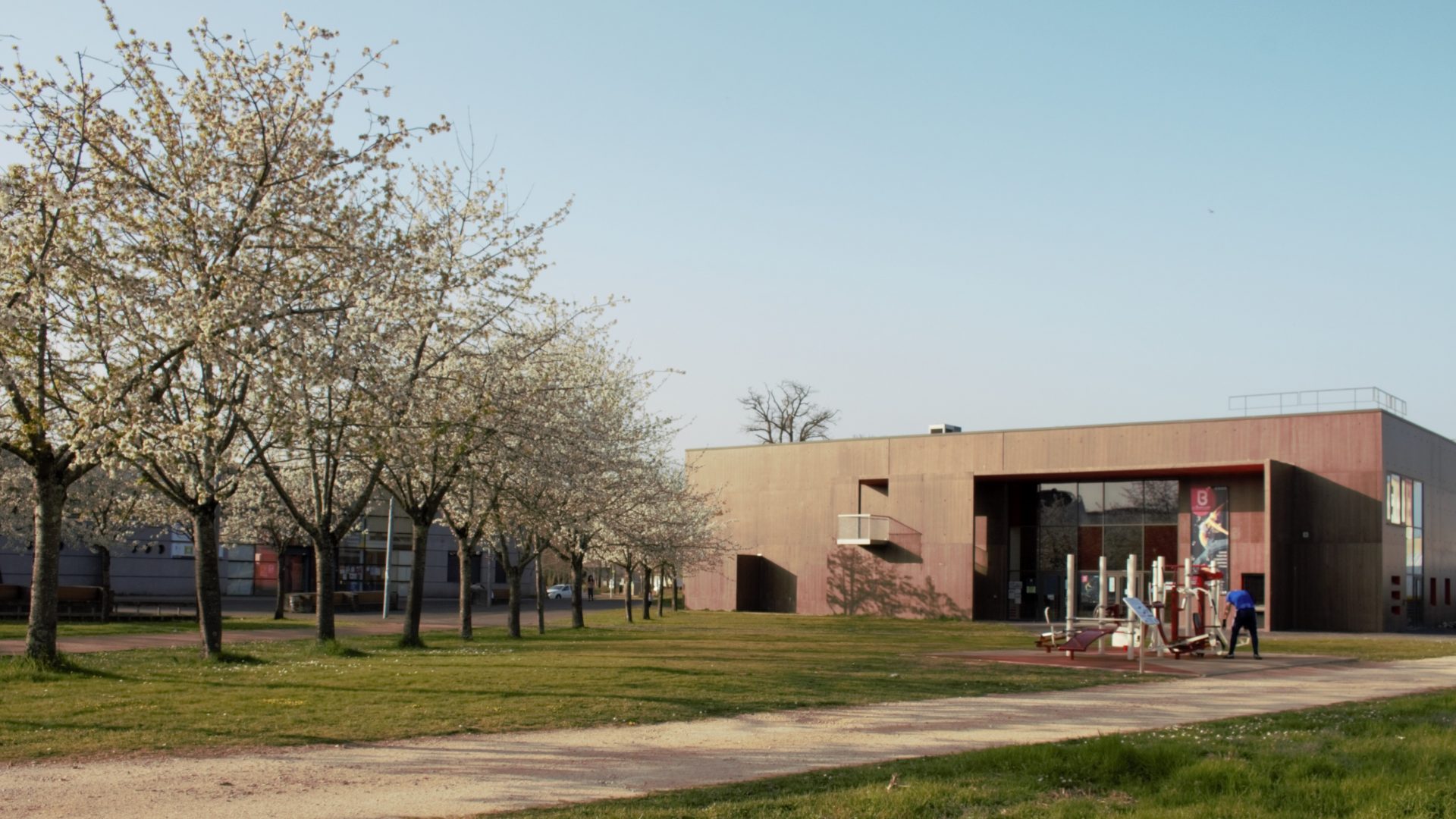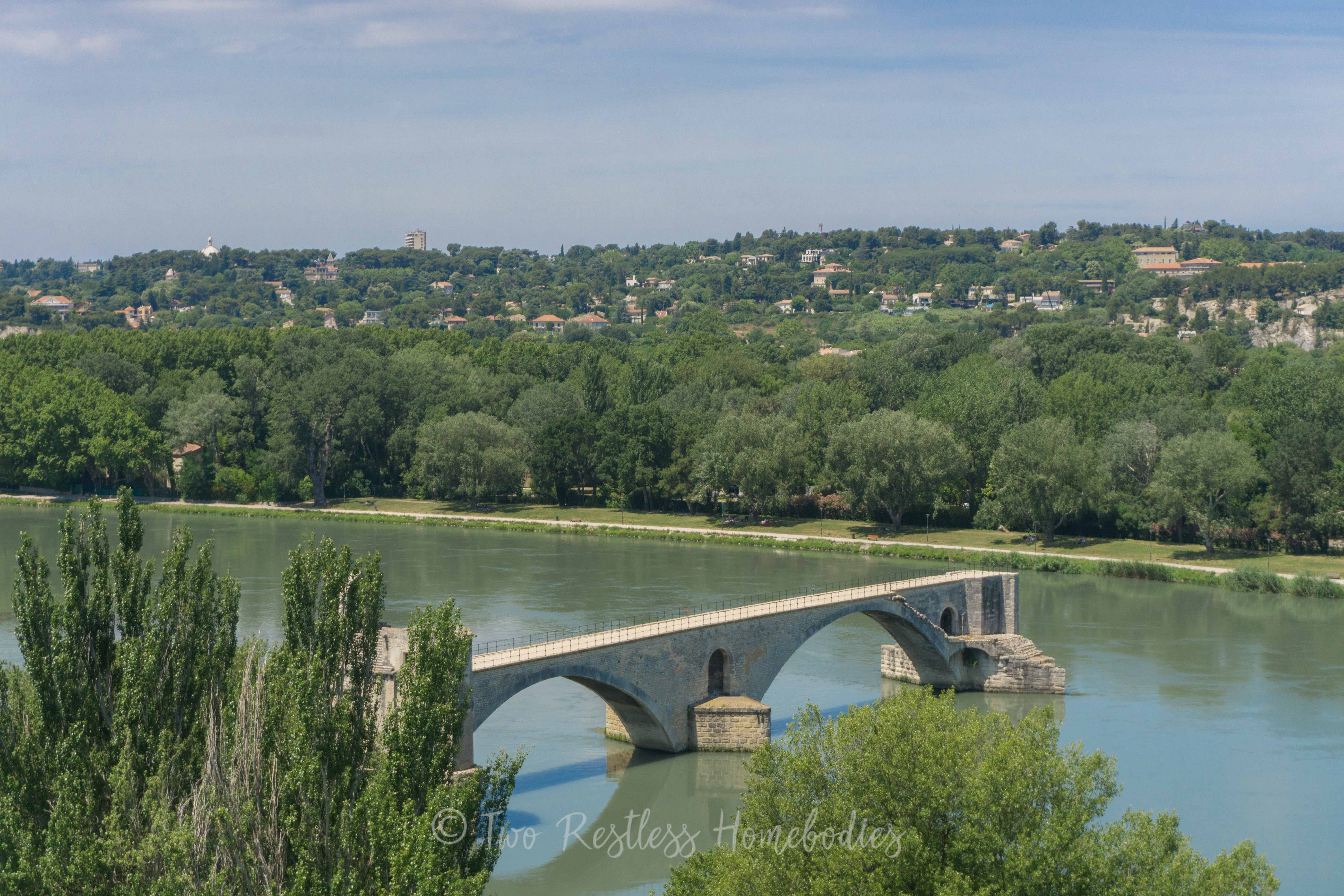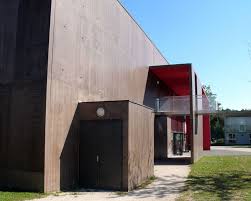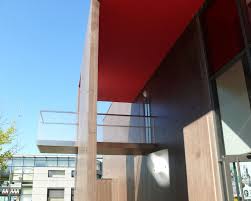Two of the more recent additions to the Campus are the Student House and “Le Bouillon”, which merge into the architectural style of the early days with their geometric and slender lines, characteristic of a modernist touch.
Two key areas on the campus
Heart of student life, the Student House is located on the ground floor of the Forum, the university restaurant while « Le Bouillon » is located to the West, right next to the Student House. They are therefore placed at the crossroads of the Faculty of Sciences in the North, Law-Economics-Management in the West, Letters – Languages - Human Sciences in the South, and Polytech in the East.
Both places of passage and places of life, they illustrate two distinct dimensions of cultural heritage, tangible and intangible.
As a matter of fact, because of their functions, they are kind of concentrating what the UNESCO wanted to bring together under the banner of intangible heritage, in the sense of “practices, representations, expressions, knowledge and know-how”. These places are a good occasion for the students of the campus to share this intangible heritage. More simply, by their easily comprehensible and identifiable form, they participate in the architectural identity of the campus.
The Student House, the Forum antechamber

Built by Patrice Debaque in order to centralize student services, the Student House has been fitted out in a spirit of accessibility, in order to accommodate a flow of students heading towards the Forum, the LLSH Pole Library and the Lake and to facilitate the circulation of people with reduced mobility on the upper floor.
In order to achieve these objectives, the architect tried through the design of the building to create links between these places through the space of the Student House, with the idea of not “imposing the construction” but to create instead high permeability.
Le Bouillon, a cultural center with a creative construction
Covering an area of 1316 m², it is a building whose aesthetics mark the visitor, while being integrated into the architectural style of the campus.
It is thus formed of a simple paving stone, which its architect Karine Millet calls “monolithic”. This word refers to the image of a single block of stone that would constitute the shape of the building. It also reflects the desire for sustainability on the urban planning of the campus, particularly for an architectural ensemble which must shelter the liveliness of student cultural activities.
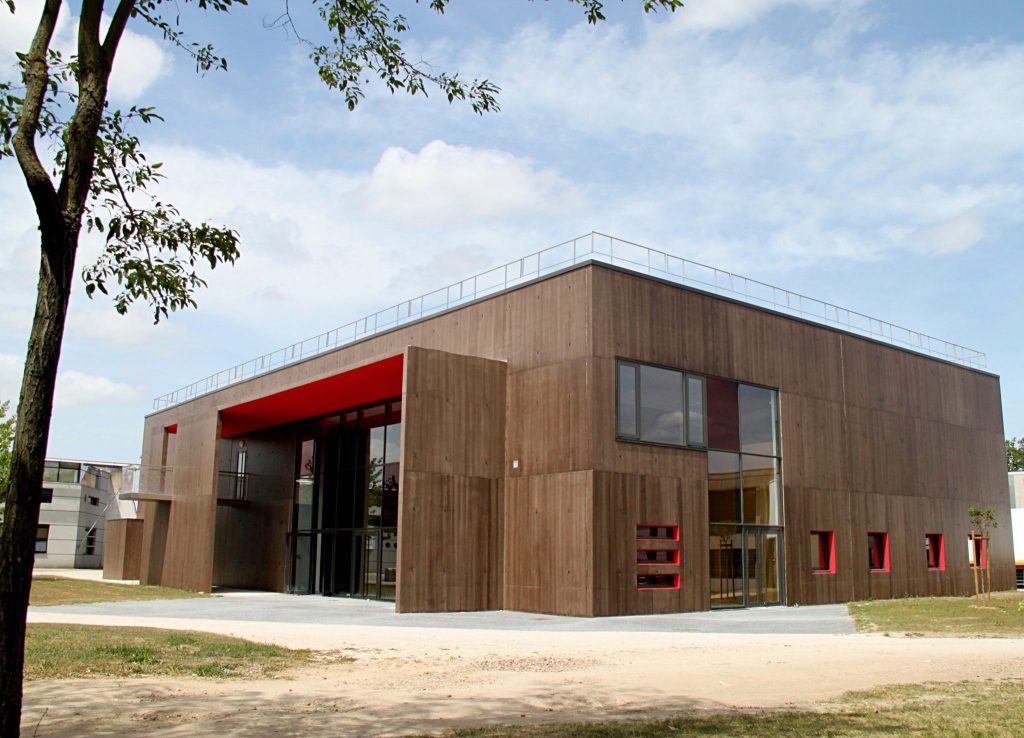
Just over 8 meters high, the facade of the building is pierced with openings of various proportions and the structure is completed with a canopy of three simple sections. In architecture, a canopy is a type of roof which extends the sheltered surface of a building. On the campus, it protects its users from difficult weather conditions while allowing them to take advantage of the natural environment of the faculty.
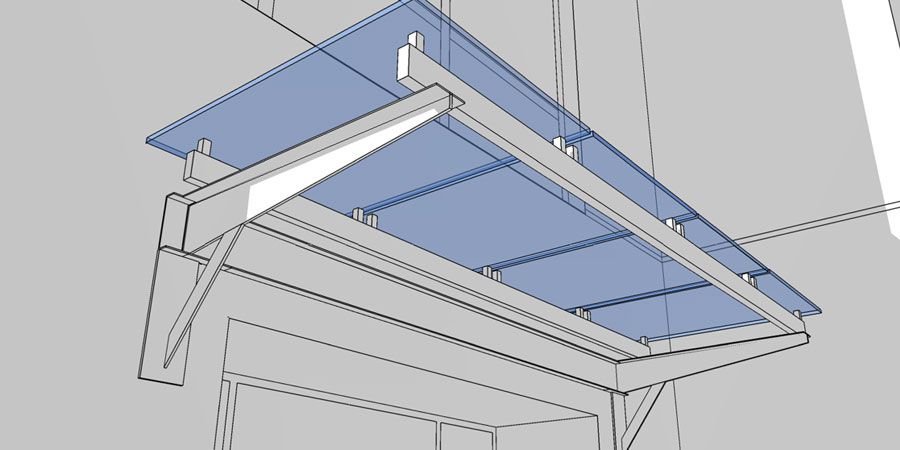
The walkway, a stylistic specificity
One of the most striking constituent elements of the structure is undoubtedly the “broken” footbridge which adjoins the facade. It seems indeed to connect the outside but stops sharp after a few meters of overhang. It can symbolize a desire for openness on campus and a link between students through the activities offered by Le Bouillon. In its form, it can evoke the pontoons of marinas, or the historical and romantic vestiges of a ancient bridge …
A meeting point for intangible heritage enthusiasts
Le Bouillon is also the receptacle for shows, concerts and activities on the campus since 2011. Its programmation makes it one of the busiest buildings on the campus. For some, it is even “the beacon of the campus, the only place to find light with the library”. In 2019-2020, the Bouillon was supposed to host an artistic residency associating student-writers and artists, echoing the theme of the small gallery of the Louvre “The Body in motion”, but due to the Covid-19 pandemy, it didn’t happen.
If you see this after your page is loaded completely, leafletJS files are missing.
